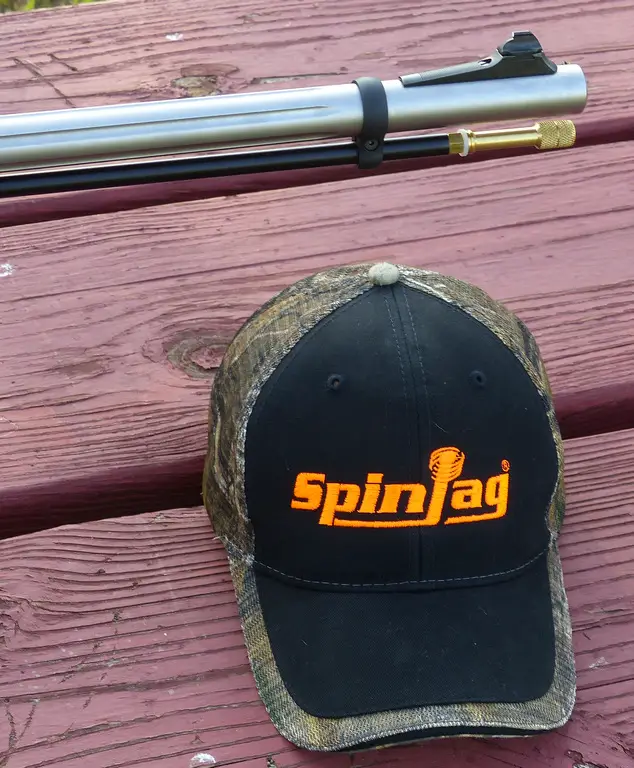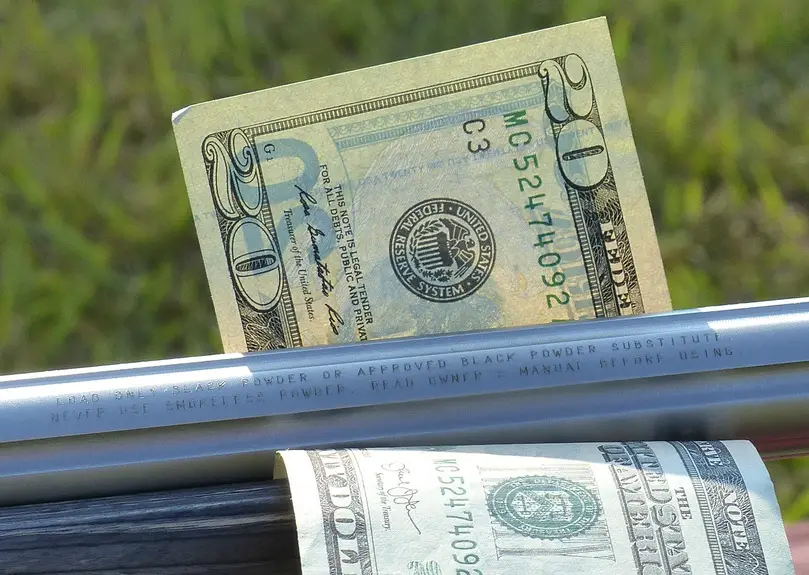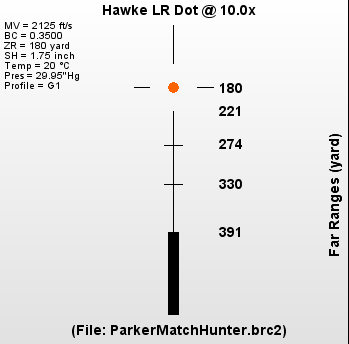


Remington Ultimate Hot Barrel Shooting Finale 8/19/2014

Hot weather target work with sabots is often no fun, for if you can feel heat on the outside of the barrel, it is most assuredly hotter on the inside and too hot to avoid sabot softening and weakening. It is no great issue when hunting, for the first shot out of a cold, fouled barrel is often the only shot of any importance. As it turns out, it was hotter and more humid than the “weather-guessers” had promised, and there wasn't much time to get in the load testing I wanted, even in the minimal sense.
Already shooting Blackhorn 209 with approximately 146 grains by volumetric black powder measure (100 grains weight), 136 grains volume (95 grains by weight), I wanted to try a comparatively soft-shooting load of 130 grains by volume (91 grains actual weight) with a few combinations. Still, 130 grains by volume is absolutely a quite formidable, full-powered hunting load, and 10 grains above what Western Powders recommends as a maximum load (120 gr. by volume) for inline muzzleloaders other than the Remington Ultimate.
The Remington Ultimate has a performance advantage compared to some muzzleloaders, with the same propellant charge, due to its longer usable barrel length and resultant larger barrel volume. For example, my “28 inch” Encore ProHunter only has about 25-1/2 inches of barrel you can use, for the extra-long interrupted thread breechplug steals away usable barrel, as does the “QLA” at the muzzle. My “24 inch” Savage 10ML's have 22 inch usable barrel lengths; the ramrod that ships with Savages is 22 inches long and is flush with the muzzle in an empty bore. If you stick a tape measure down the bore of a Remington 700 Ultimate, you find you have right at 24-3/4 inches of usable barrel length.
When using bulky, comparatively low output propellants like black powder, pellets, and “blackpowder subs,” you likely don't have nearly the barrel length beyond the powder column (or pellet column) that you thought you had to accelerate a bullet in. That's why larger propellant charges, while invariably giving more free recoil in concert with their mass, have the built-in limitation of shortening your effective barrel length: the length of the barrel in which force is applied to the base of the sabot or conical in which to accelerate it.
The factory Barnes T-EZ 290 Flat Base, my favorite all-copper bullet, loaded very, very easily in the Remington Ultimate, yet still grouped acceptably. The stronger MMP HPH-12 sabot yields an assembled diameter (bullet and sabot) that is about .003 inch larger, and is likely going to be a better choice with the peppier loads. While the Parker 300 grain Match Hunter was used in a warmer barrel, it is the most accurate bullet in the Remington Ultimate (this individual Remington Ultimate, anyway) with 130 grains of Blackhorn 209 (vol.), 136 grains, and 143 grains.

This is good news, at least to me, for the Match Hunter is the most aerodynamic efficient 300 grain bullet you can use, but in times past I've had a rough time getting it to group in 1:28 rate of twist barrels. It groups well in the discontinued Savage 10ML-II (1:24 rate of twist) and it is the best shooter thus far out of the Remington Ultimate (1:26 rate of twist).
That's it until cooler weather and longer shooting lanes open up; it is Blackhorn 209, Parker 300 grain Match Hunters, and the Remington 700 Ultimate that gets to go hunting this year.

Copyright 2014 by Randy Wakeman. All Rights Reserved.

Custom Search


